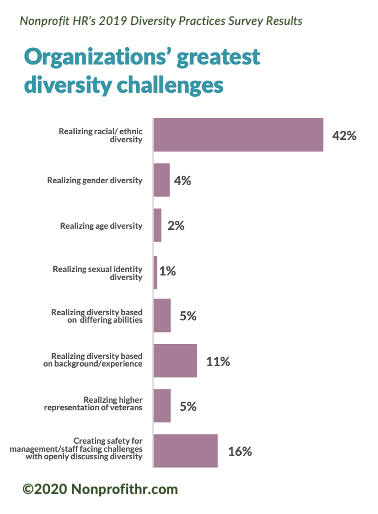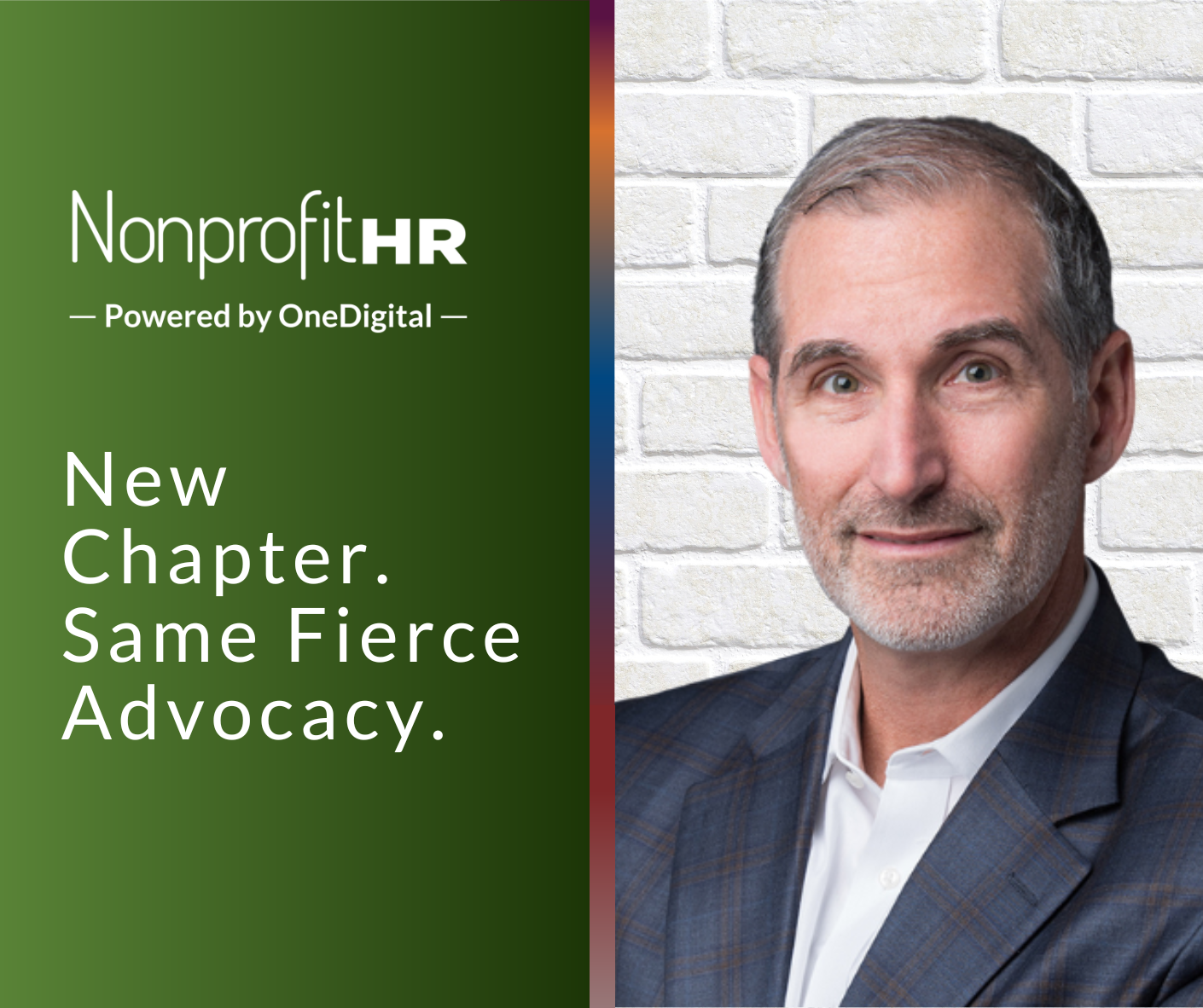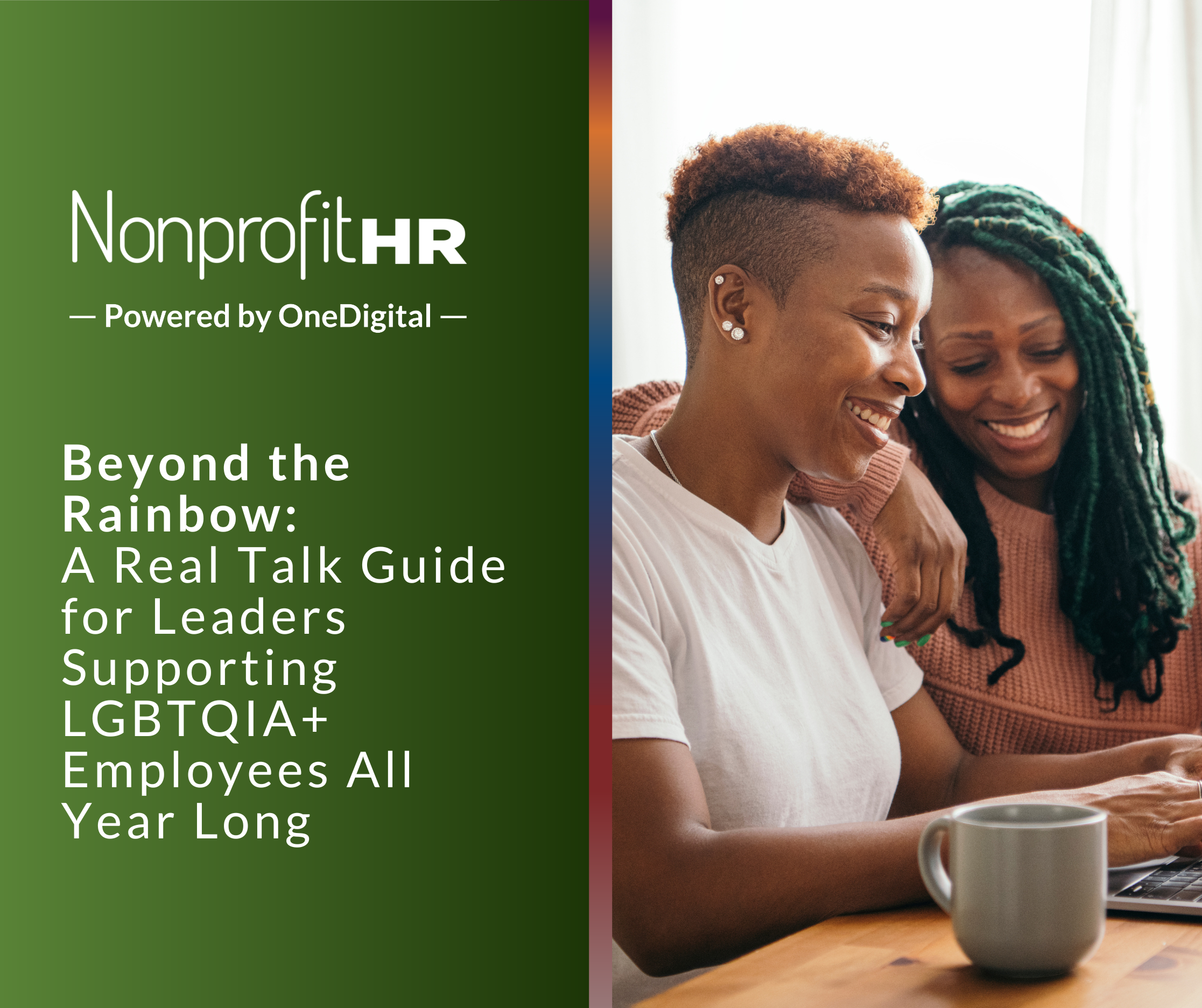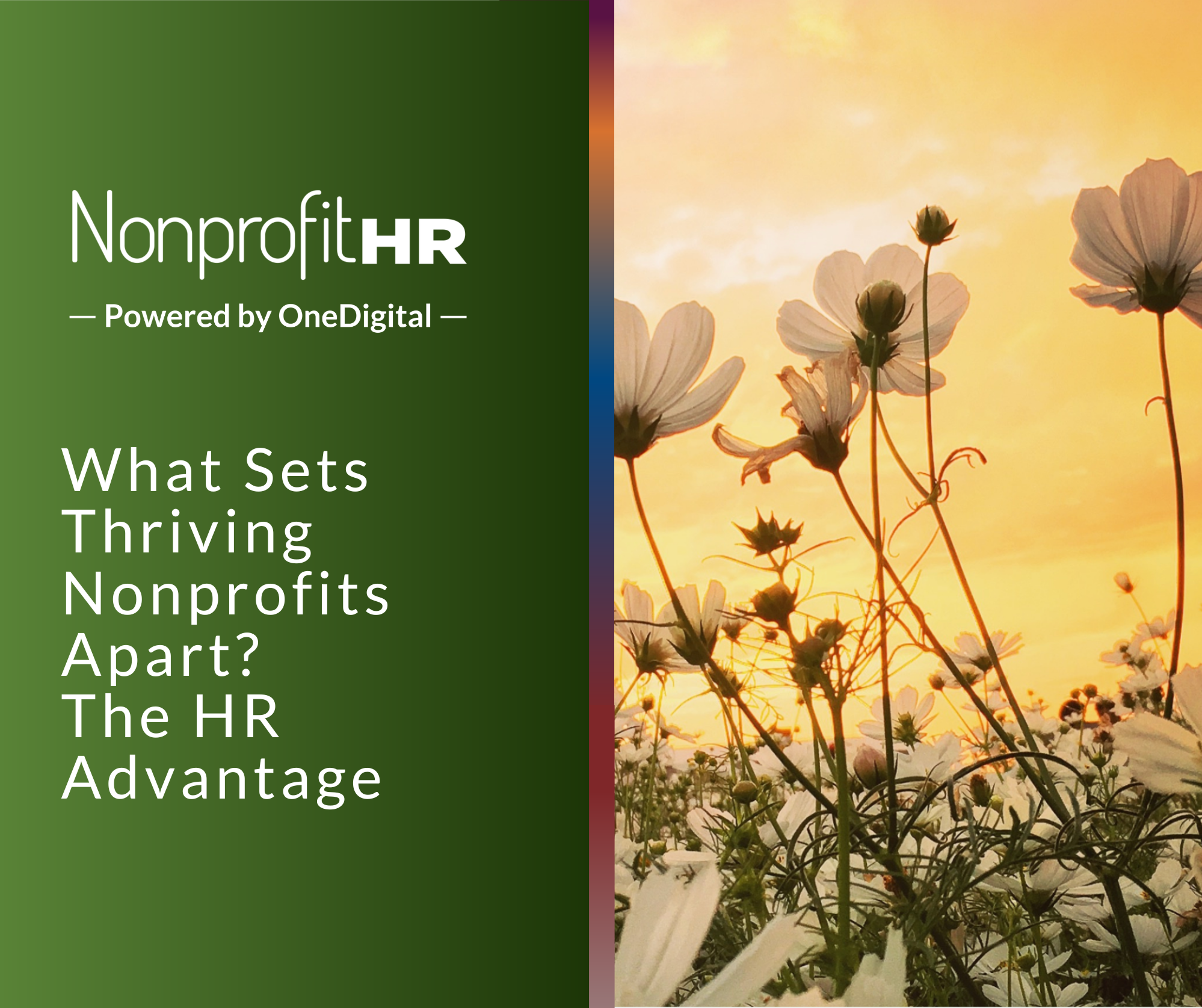WTOP: 5 ways nonprofits can…
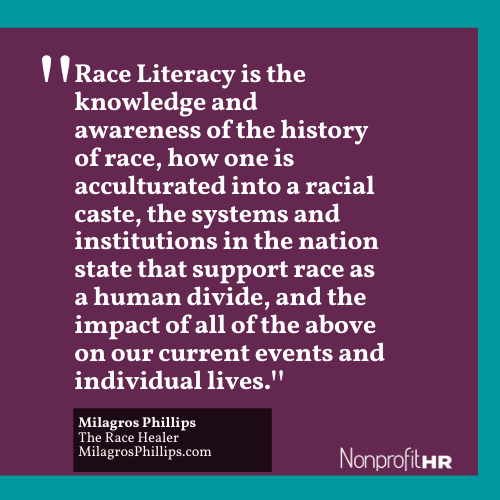
“People of color will become a majority of the American working class by 2032. This estimate is based on long-term labor force projections from the Bureau of Labor Statistics and trends in college completion by race and ethnicity,” Valerie Wilson. This shift is projected to occur 11 years prior to the Census Bureau projection for the overall U.S. population. Given this fact, and continued unrest for justice it is urgent for organizations to create a race literate workforce.
Becoming race literate is essential to creating equity, inclusion, and belonging in an organization. What is race literacy? “Race Literacy is the knowledge and awareness of the history of race, how one is acculturated into a racial caste, the systems and institutions in the nation-state that support race as a human divide, and the impact of all of the above on our current events and individual lives.” This differs from Ethnicity, which refers to belonging to a group with a common nationality and culture.
Culture is a broader term referring to language, customs, music, arts, cuisine, religion, clothing, 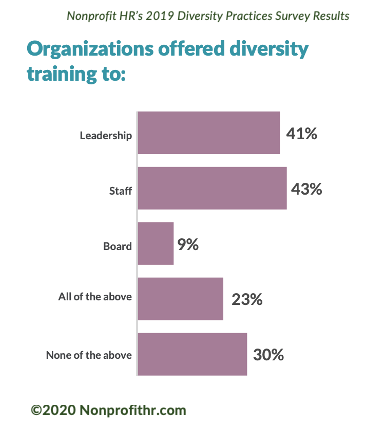
Race and ethnicity training need to be treated as separate subjects under your organization’s diversity and inclusion initiatives, allowing topic-specific curricula to be addressed.
As more organizations courageously take on race and train their employees to be race literate, they will benefit by:
- Better understanding of how race and racism impact organizations;
- Understanding the difference between race and ethnicity;
- Being able to unravel racial confusion and fragility;
- Identifying biases and how those biases impact established values;
- Creating more cohesive work teams;
- Exploring information that leads beyond diversity and inclusion to belonging;
- Creating more opportunities, leading to greater financial stability; and
- Increasing the strength of their culture, impact on their missions, and the credibility of their brand.
Forty-two percent of organizations that responded to Nonprofit HR’s survey also shared that realizing race and ethnic diversity is their greatest challenge. There is a strong case to be made for organizations moving beyond a written diversity statement, strategy, and policy to actively seeking racial literacy. As race continues to be one of the most important challenges of our time, it is essential for organizations to pay attention to race because a diverse workforce is becoming essential to organizational success.
Not only can organizations struggling with this challenge become more intentional about hiring diverse talent, but also retaining, promoting and increasing opportunities for mentoring and professional development.
To set up a successful race awareness and literacy strategy, organizations will need to:
- Understand the business case for race equity and the risks for remaining stagnant
- If you have an HR department or team, hire an expert to run the diversity and inclusion functions
- Hire an expert who specializes in the topic of race to facilitate discussions and strategy-building
- Train diversity and inclusion, and HR professionals on race and racism;
- Do race training more than once a year;
- Create a way for people who are being racially harassed to report what is happening and take appropriate action;
- Start an organization-wide race literacy campaign;
- Encourage open, honest conversations on race;
- Listen to the perspectives of employees of color;
- Set-up mentoring programs aimed at the success of employees of color.
When it comes to race, it is better to be proactive than reactive. And, a well-educated workforce is your best reinforcement.
Milagros Phillips
Race Healer
MilagrosPhillips.com
Milagros Phillips is a three times Author, Keynote Speaker, TEDx Talk Presenter Seminar Leader, and Race Coach. She is the founder of Race Healer TV and Race Healer Magazine. To learn more about her work, visit MilagrosPhillips.com.
Sources:
Phillips, M. (2016). What is Race? Excerpted from: 11 Reasons To Become Race Literate by. Retrieved from https://www.milagrosphillips.com/books.
Phillips, M. (2018). The Business Case for Racial Equity – A Manual for the Dialogue. WK Kellogg Foundation. Retrieved from https://www.milagrosphillips.com/books.
Phillips, M. (2016). 8 Essentials to a Race Conversation & Manual to a New Dialogue. Retrieved from https://www.milagrosphillips.com/books.
Wilson, V. (2016). People of color will be a majority of the American working class in 2032 – What this means for the effort to grow wages and reduce inequality.



























